Four African American Suffragists You Should Know
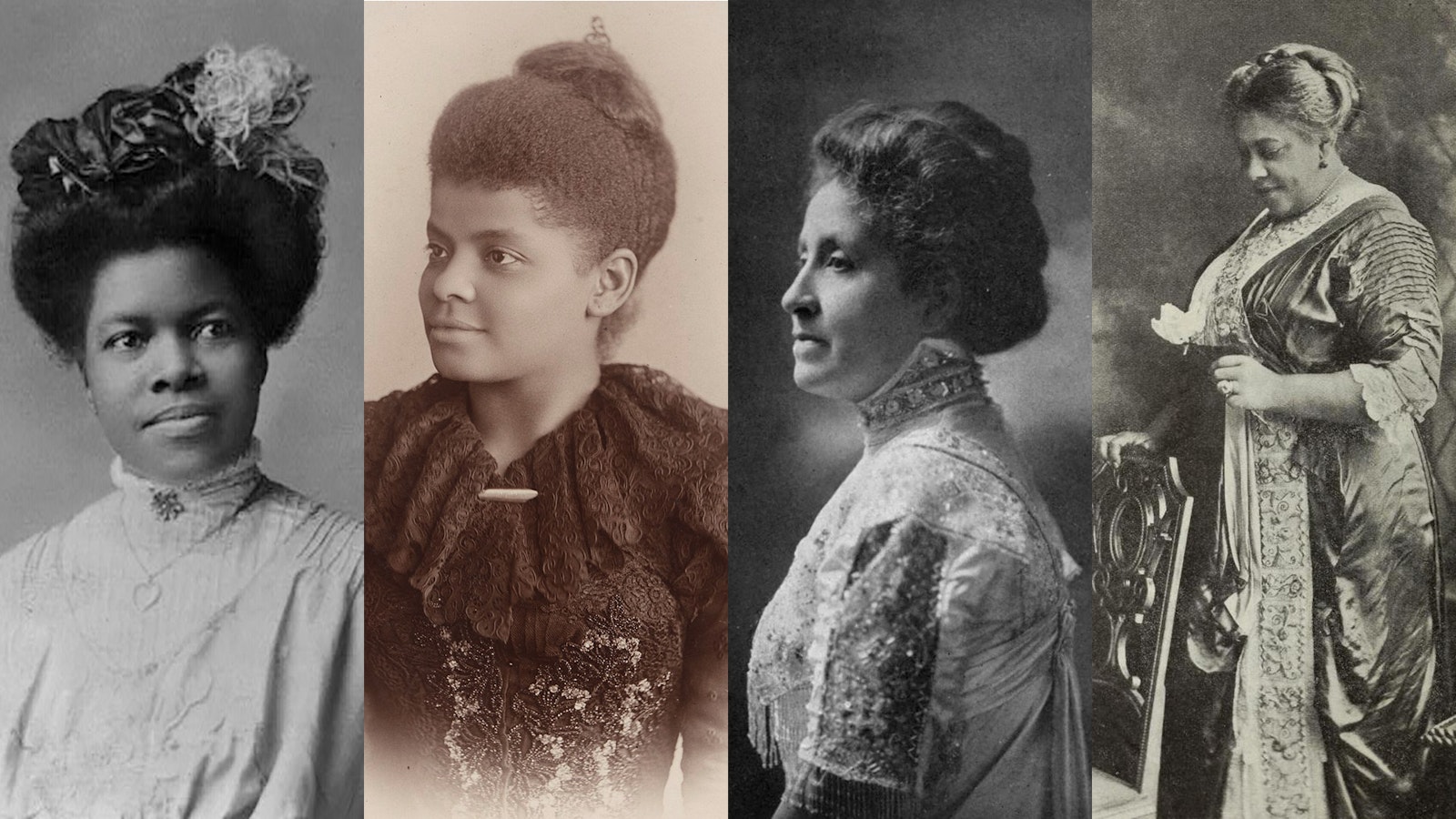
.
.
Our greatest hope was to expose youth to the women’s suffrage movement and the names and accomplishments of women that look like them, says Akiima Price.
Akiima, a Washington, DC native, served as the Anacostia Park Community Liaison to the National Park Service, with support from the National Park Foundation. She is a nationally respected thought leader at the intersection of social and environmental issues and the relationship between nature and community well-being. She believes that nature can help stressed youth, adults, and families have meaningful experiences that can positively affect the way they feel about themselves, their communities, and their parks.
Stretching 1,200 acres along the Anacostia River in Washington, DC, Anacostia Park, part of National Capital Parks—East, is in so many people’s backyards, and Akiima helps connect neighbors to the park’s many offerings, including women’s history, roller skating, and DC Go-Go music.
As part of her job, Akiima collaborated with Anacostia Park employees and partners to develop and lead women’s suffrage educational assemblies at schools near the park, inviting students to honor the passage of the 19th amendment by learning about and voting for their most admired African American suffragist with ties to Washington, DC.
These fun (and educational!) gatherings celebrated four of many African American suffragists: Ida B. Wells, Mary Church Terrell, Nannie Helen Burroughs, and Mary Burnett Talbert.
Ida B. Wells
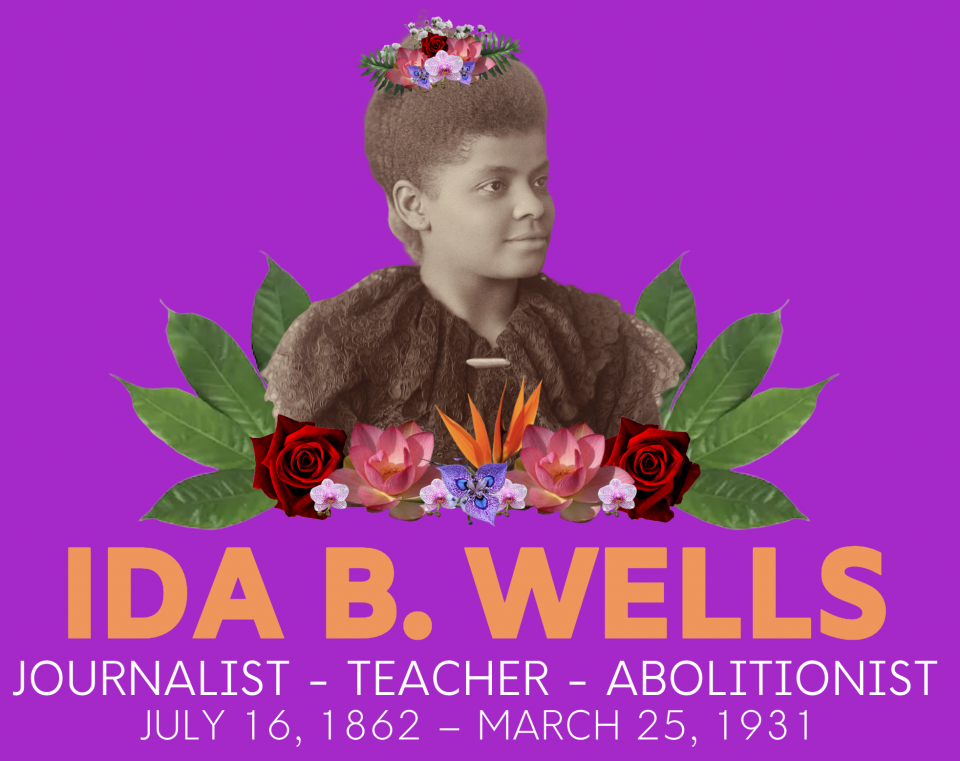
Ida B. Wells was a journalist, teacher, abolitionist, feminist, and an integral voice and leader advocating for Black justice.
She was born an enslaved person on July 16, 1862, in Holly Springs, Mississippi. About six months after Ida’s birth, all enslaved people of the Confederate states were decreed free by the Union thanks to the Emancipation Proclamation.
Ida’s life experiences mirrored the harsh reality that many Black communities faced. While formerly enslaved people were technically free, they were restricted by widespread discriminatory rules and practices across the country.
One of the moments that greatly inspired her activism occurred on a train that was traveling from Memphis to Nashville. Despite purchasing a first-class ticket, Ida was forcibly removed from the train for refusing to move to the car for African Americans. Following that experience, she began writing about issues of race and politics in the South, and later became a part-owner of The Memphis Free Speech and Headlight.
In 1892, Ida turned her attention to anti-lynching, after a friend and two of his business associates were murdered. She wrote many articles decrying this lynching and risked her own life traveling to the South to gather more information about other lynchings. After being threatened, Ida remained in the North and published “A Red Record,” an in-depth report on lynching in America.
Throughout her life, she founded civil rights and women’s suffrage organizations that played critical roles in advancing equity, including the National Association for Colored Women and the Alpha Suffrage Club. As president of the Alpha Suffrage Club, she was invited to march in the Suffrage Parade in Washington, DC, on March 3, 1913, along with many other club members. Ida traveled from Illinois to DC, and was told that women of color were asked to march at the end of the parade to avoid offending the Southern white suffragists. However, Ida refused to comply and waited on the sidelines of the parade until the Illinois group of white women passed and then joined the group as they marched.
The courage Ida showed in this act along with her legacy, writings, and speeches remain as a testimony to her dedication to the equal rights of African Americans.
Mary Church Terrell
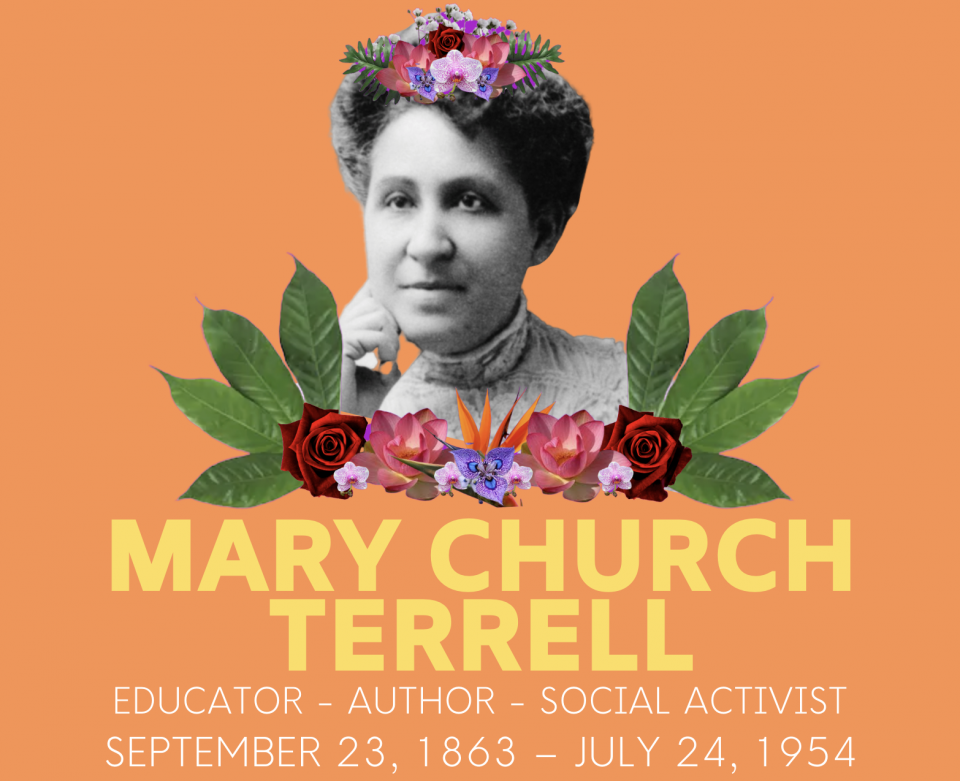
Mary Church Terrell was an educator, author, and social activist.
She was born on September 23, 1863, in Tennessee to formerly enslaved parents who used their freedom to become small-business owners. Mary was taught the importance of a good education by her parents who thankfully could afford to send their daughter to college. She went on to attend Oberlin College in Ohio, where she became one of the first African American women to receive a college degree in 1884. Mary also earned her master’s degree in education before moving to Washington, DC, with her husband Robert Herberton Terrell, DC’s first Black municipal judge.
In DC, Mary taught at the M Street High School, which was renamed Paul Laurence Dunbar High School in 1916. She also became active in the women’s rights movement, quickly noticing the exclusion of African American women in the movement and working to change that. She realized that she belonged “to the only group in this country that has two such huge obstacles to surmount…both sex and race.” Mary picketed the White House with members of the National Woman’s Party in hopes to elevate the status of Black women, and the entire race.
Mary also worked to put an end to discriminatory practices of restaurants in Washington, DC. Although anti-discrimination laws were passed in DC in the early 1870s, by the 1890s, African Americans were once again being banned from certain places. Mary launched a campaign to reinstate anti-discrimination laws and used tactics such as boycotts, picketing, and sit-ins to call out these public places that were refusing service to African American patrons. In 1953, just three years after Mary filed a lawsuit against the segregated Thompson Restaurant, the court ruled that segregated eating places in DC was unconstitutional.
Mary’s beliefs and leadership around equality and justice made a tremendous impact on our country and the freedom we have to congregate as we choose.
Nannie Helen Burroughs
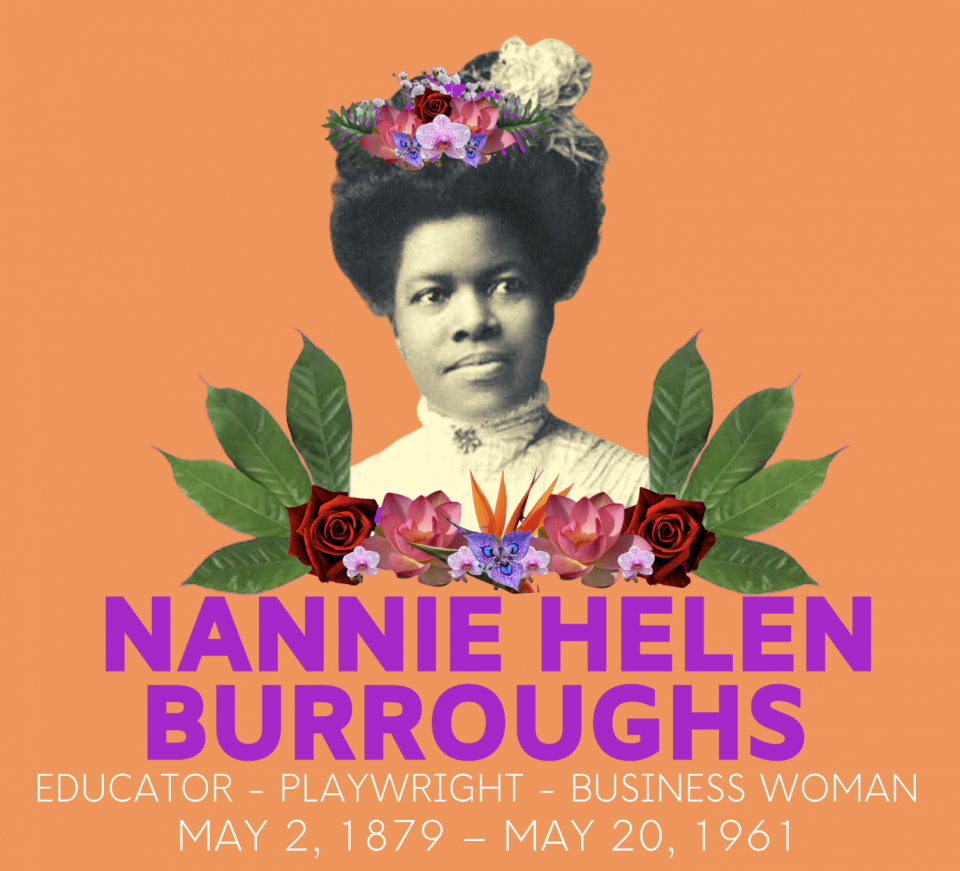
Nannie Helen Burroughs was an educator, playwright, religious leader, feminist, activist, and businesswoman.
She was born on May 2, 1879, in Orange, Virginia, to formerly enslaved parents. Her father died when she was young and she and her mother relocated to Washington, DC.
In DC, she attended M Street High School and graduated with honors. Despite her educational background, she was turned down for a DC public school teaching position. This was believed to be an act of discrimination against her for being darker skinned. Still very much committed to the cause, Nannie decided she would open her own school to educate and train African American women.
She believed in funding the school through the Black community instead of relying on wealthy white donors. After having successfully raised enough money that way, she founded the National Training School for Women and Girls in 1909. She believed that job training, education, and the right to vote were the essential tools for African American women’s empowerment. The school gained its prominence over the years, with a wide range of vocational and academic classes such as dressmaking and public speaking.
Nannie’s life was committed to changing the perception of the role of African American women in society – her legacy is built upon the education and empowerment of Black women.
Before we continue with Mary Burnett Talbert, we also want to share an important fact about Ida, Mary, and Nannie. They were all members of Delta Sigma Theta Sorority, Inc., and the sorority’s first public act of service was to participate in the 1913 Women’s Suffrage March in Washington, DC.
Mary Burnett Talbert
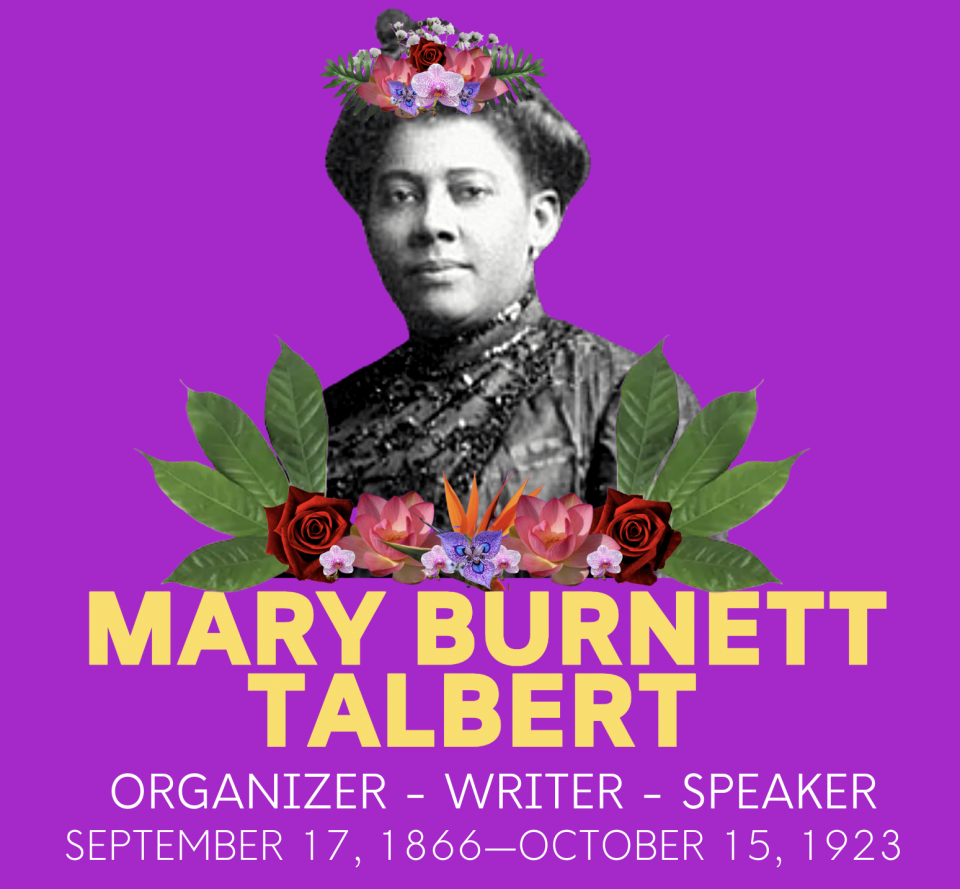
Mary Burnett Talbert was an organizer, writer, activist, and orator.
She was born on September 17, 1866, in Ohio, and went on to become a teacher of history, mathematics, Latin, science, and geography at Bethel University. She later was appointed assistant principal at Bethel, the only woman ever to be selected for that position.
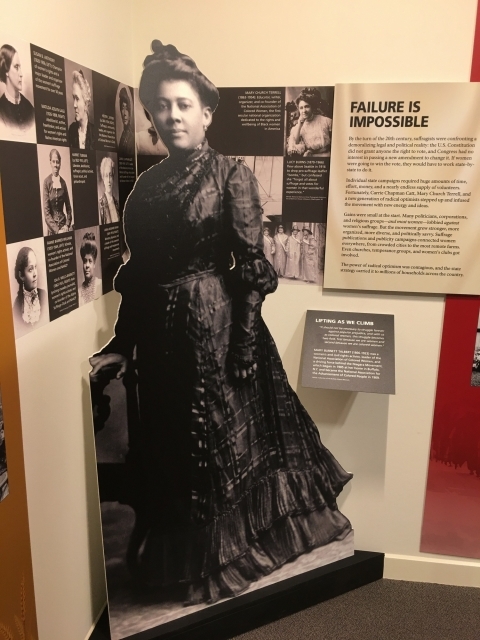
In the early 1900s, Mary became very well-known for challenging the all-white board of the Pan-American Exposition in Buffalo, NY. She called for the appointment of an African American board member and an exhibit on the lives of African Americans.
In 1905, Mary founded the Niagara movement with W.E.B. Du Bois and William Monroe Trotter. The civil rights group, which met on the Canadian side of Niagara Falls after being denied accommodation in Buffalo, NY, dedicated themselves to social and political change for African Americans.
A little more than a decade later, Mary became the president of the National Association for Colored Women with the belief that women can do great things together. Throughout her life, she worked hard to bring awareness to the oppressive conditions and laws facing African American communities and she united women of color to fight oppression globally.
Connections to Frederick Douglass
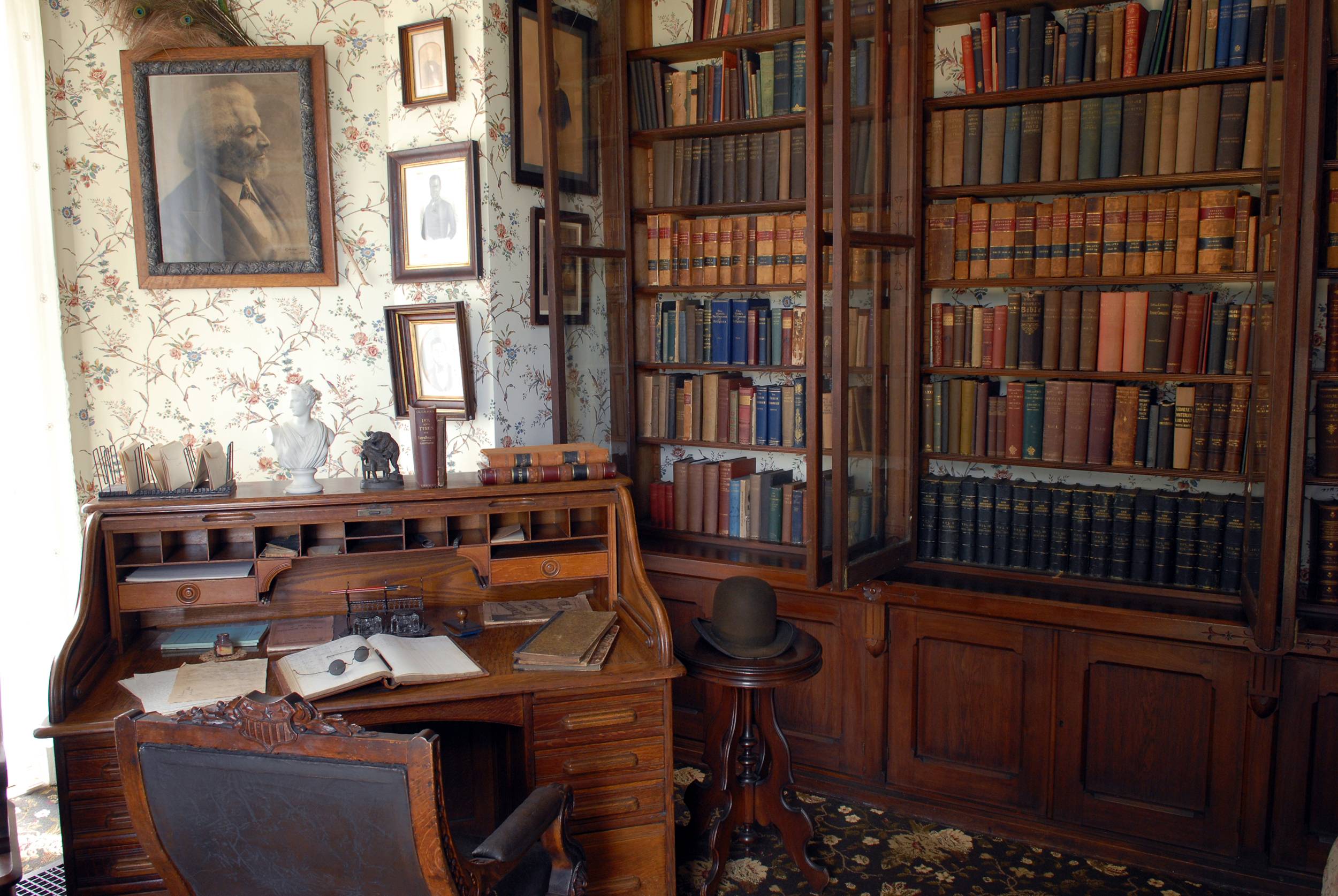
What you may be surprised to learn is that this celebration of African American suffragists was one of the ways that Anacostia Park honored Frederick Douglass’ birthday.
What does Frederick Douglass have to do with suffragists and the 19th Amendment?
So much.
In fact, Mary Church Terrell wrote this letter to an editor praising and describing Frederick Douglass’ strong support for the women’s suffrage movement.
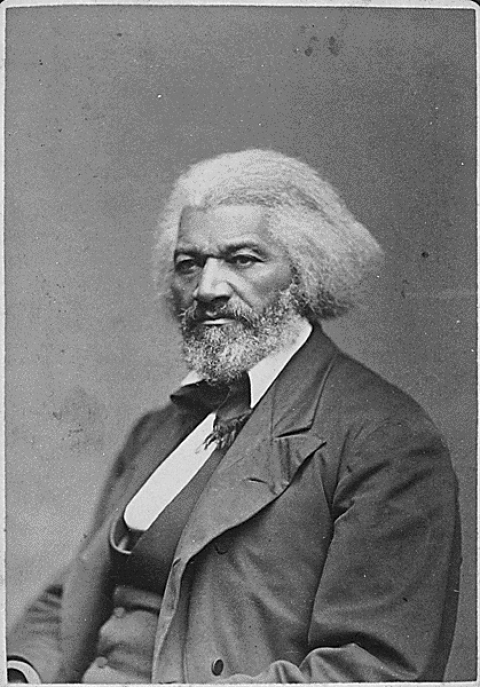
In his newspaper, “The North Star,” Frederick Douglass wrote an article entitled “The Rights of Women,” shortly after he attended the 1848 Women’s Rights Convention at Seneca Falls. He wrote, "We hold woman to be justly entitled to all we claim for man. We go farther, and express our conviction that all political rights which it is expedient for man to exercise, it is equally so for women. All that distinguishes man as an intelligent and accountable being, is equally true of woman; and if that government is only just which governs by the free consent of the governed, there can be no reason in the world for denying to woman the exercise of the elective franchise, or a hand in making and administering the laws of the land. Our doctrine is, that 'Right is of no sex.'"
"We hold woman to be justly entitled to all we claim for man. We go farther, and express our conviction that all political rights which it is expedient for man to exercise, it is equally so for women.” - Frederick Douglass
In addition, when you visit Belmont-Paul Women’s Equality National Monument, the home of the National Woman’s Party, you’ll see a framed portrait of Frederick Douglass on display.
As president of the National Association of Colored Women, Mary Burnett Talbert advocated for the restoration of Frederick Douglass’ home, now preserved by the National Park Service as Frederick Douglass National Historic Site, as part of National Capital Parks—East.
At Women’s Rights National Historical Park, a Frederick Douglass statue is part of an exhibit featuring early women’s rights activists. He played a pivotal role in the fight for women’s right to vote, attending the First Women’s Rights Convention, helping to establish the American Equal Rights Association with Elizabeth Cady Stanton and Susan B. Anthony, and championing the cause throughout his life.
Learn more about the national parks that honor Frederick Douglass.
As such, when Anacostia Park was looking for a new way to honor Frederick Douglass’ birthday during the centennial commemoration of the 19th Amendment, the idea came to Akiima, “Let’s feature his work in the women’s suffrage movement, highlighting women he supported and inspired.”
In the comments below, and on social media using #WomenInParks, we invite you to please share stories about women who inspire you and women you would like to learn more about through national parks. We also invite you to learn more about the National Park Foundation’s efforts to help ensure that women’s history in the United States is shared, preserved, and leveraged to inspire current and future generations.
Akiima Price is an award-winning creative thinker and doer who links people, places, and programs with stressed, underserved communities. A Washington, DC native, Akiima is a nationally respected thought leader at the intersection of social and environmental issues and the relationship between nature and community well-being. Her innovative programming strategies feature nature as a powerful medium to connect stressed youth, adults, and families in meaningful, positive experiences that affect the way they feel about themselves, their communities, and their parks. From her early career experiences as a National Park Service Interpretation Ranger at Lake Mead National Recreation Area in Boulder City, Nevada to work her national work with environmental and social service organizations, Akiima has cultivated over 20 years of experience into cutting-edge best practices in trauma-informed environmentalism. Thanks to generous funding from The Agua Fund, The Conservation Fund, MARPAT Foundation, The Morris and Gwendolyn Cafritz Foundation, Nimick Forbesway Foundation, and Prince Charitable Trusts, Akiima contracted with the National Park Foundation to develop strategies to strengthen Anacostia Park’s external relationships as a critical part of a broader effort to build an innovative friends group between the park and the highly stressed surrounding community.
Endnote: In this blog post, NPF uses the language Black and African American interchangeably. While the intent is to honor inclusivity and be representative of various ways that people identify, we recognize that this language does not account for all identities. We also recognize the importance and need of specificity in reference to particular communities. It is also important to NPF to use the language that Akiima Price used during the women's suffrage educational assemblies that she led and organized with students, which are detailed in the article.